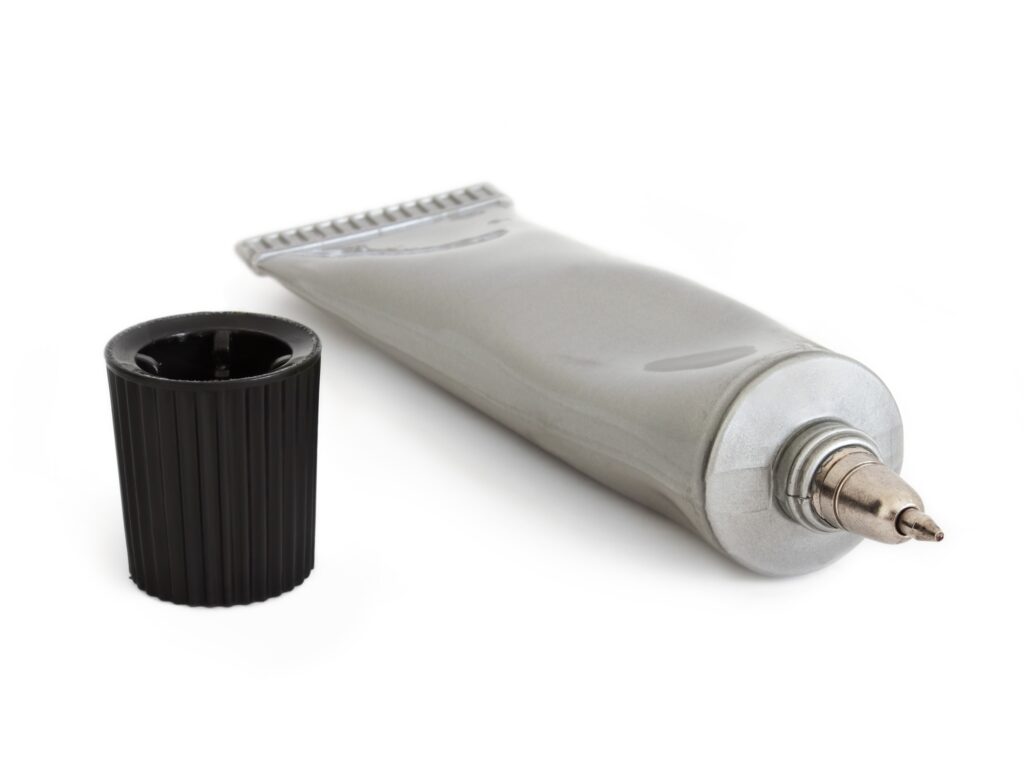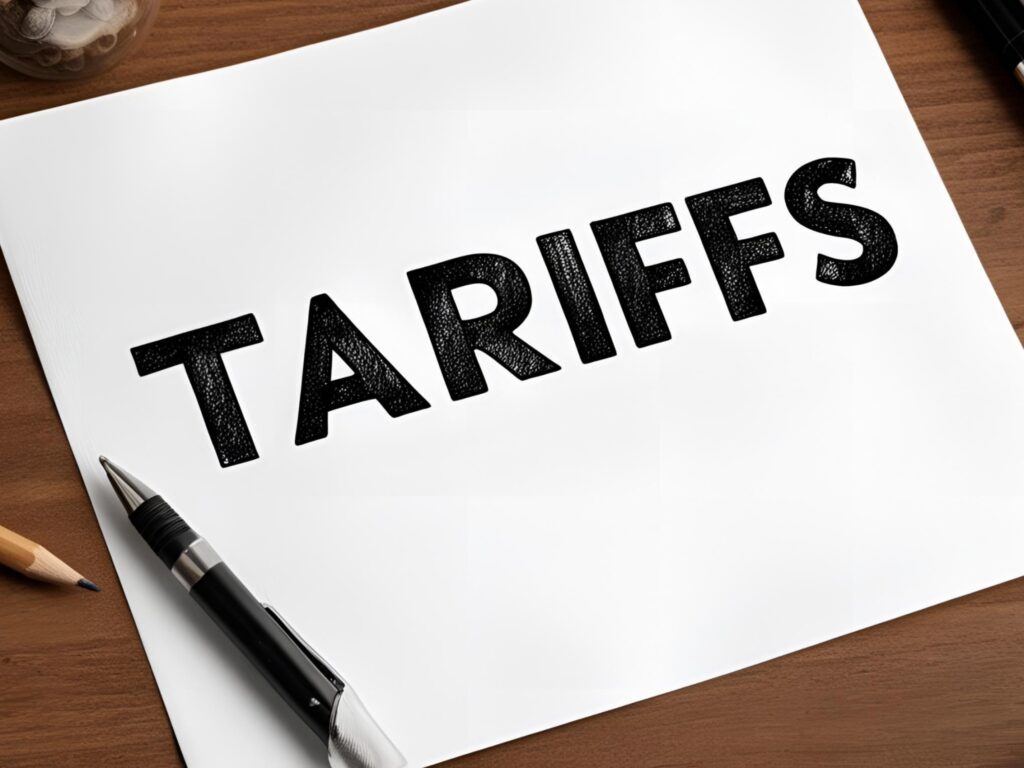The U.S. Chocolate Tariff-Rate Quota: A Compliance Perspective (Plus a Debate About Candy)
Trade compliance teaches humility. Sometimes that humility comes from parsing the Uruguay Round; sometimes it comes from your spouse in the candy aisle at H-E-B. Let’s set the stage. As an update to my video on this subject in 2024, CBP’s Quota Bulletin 26-216 2026 for the 2026 quota year reminds us that the United […]










